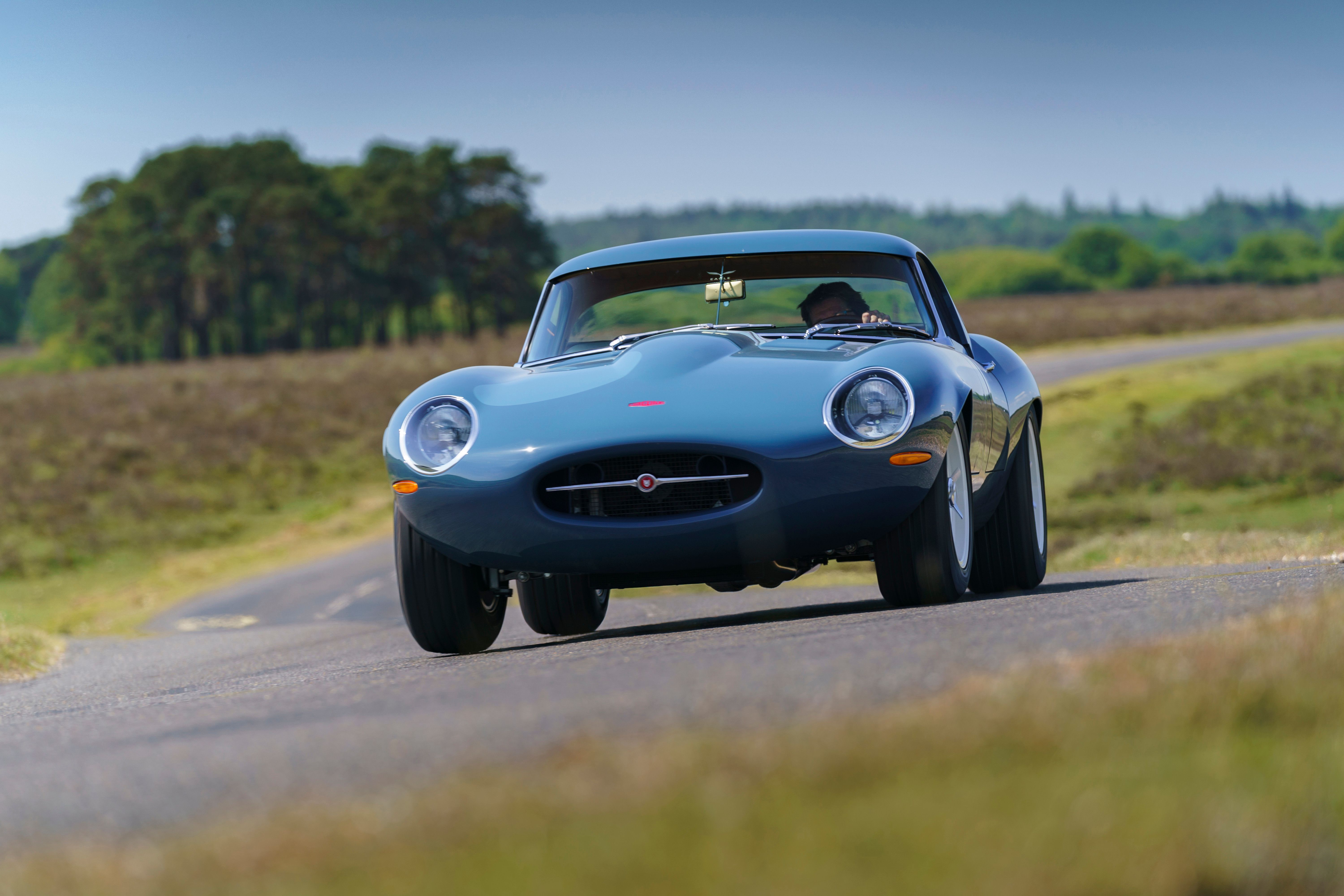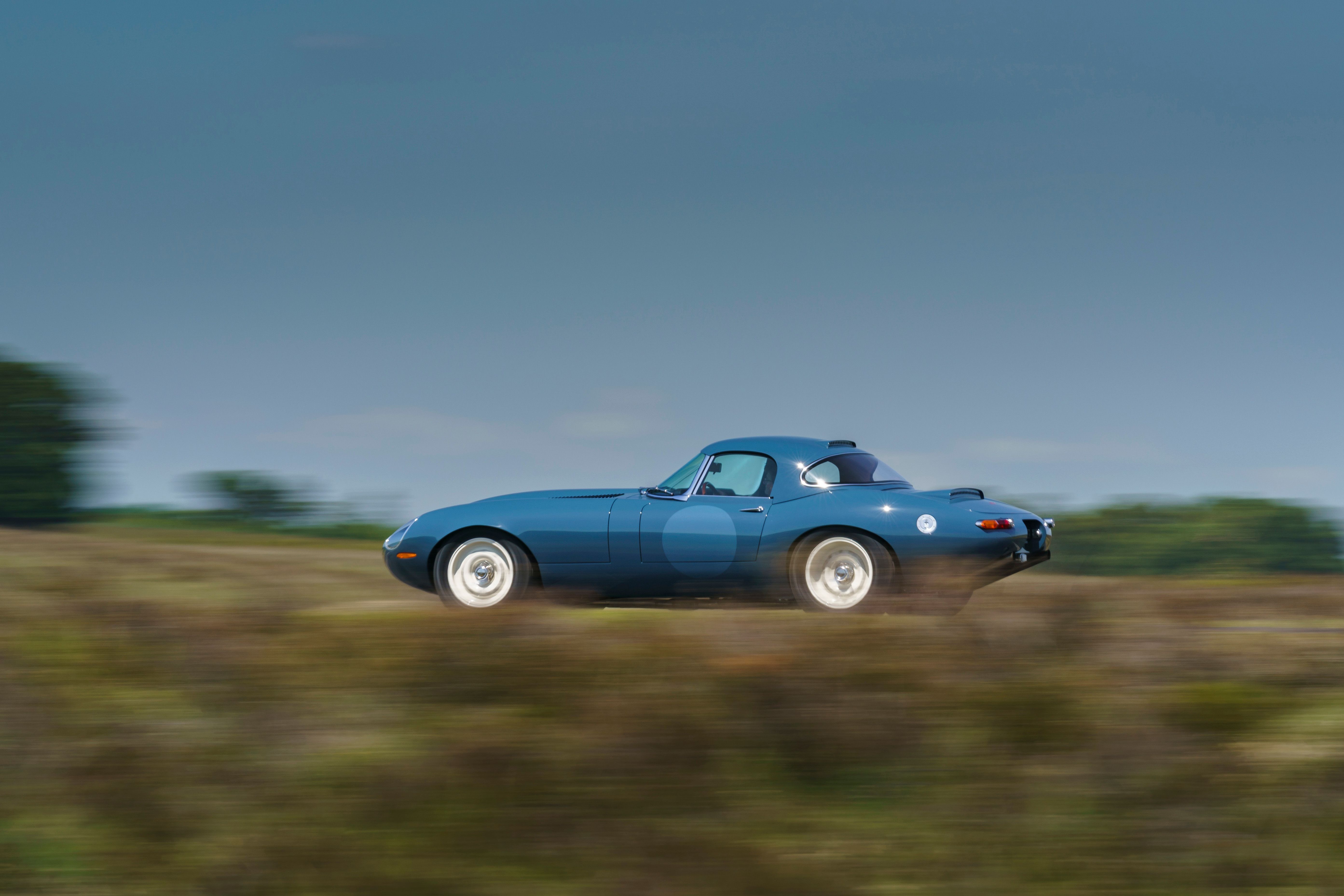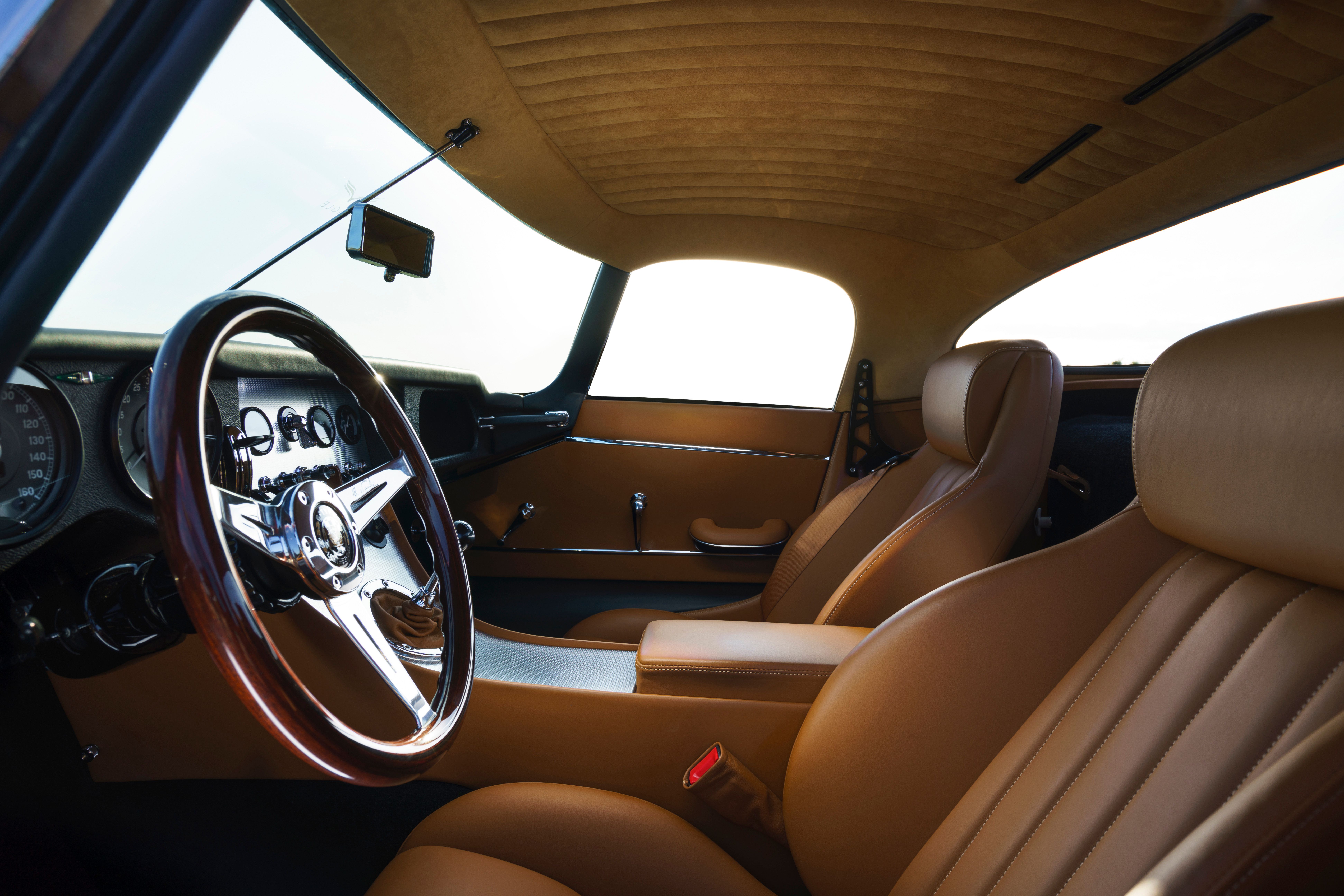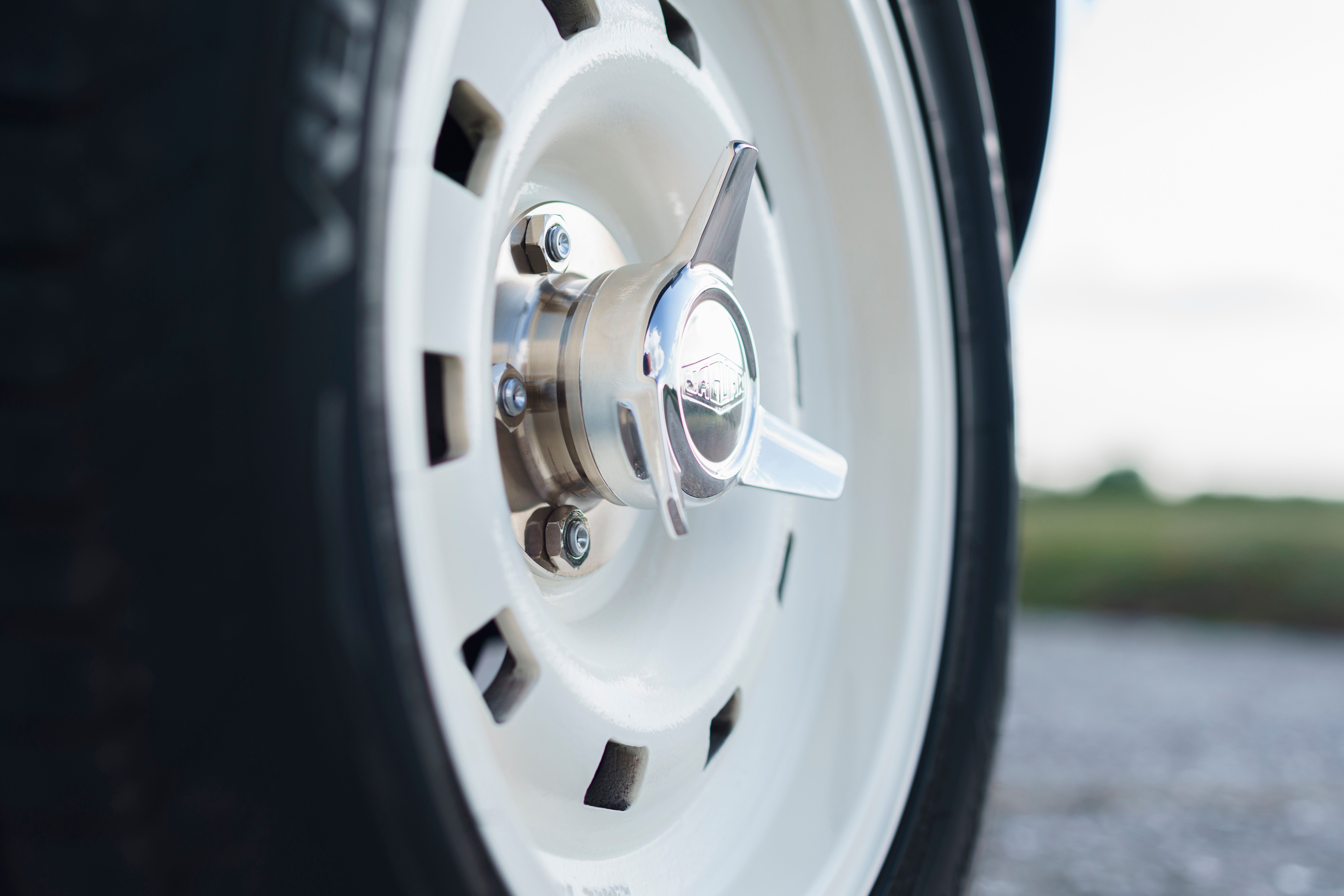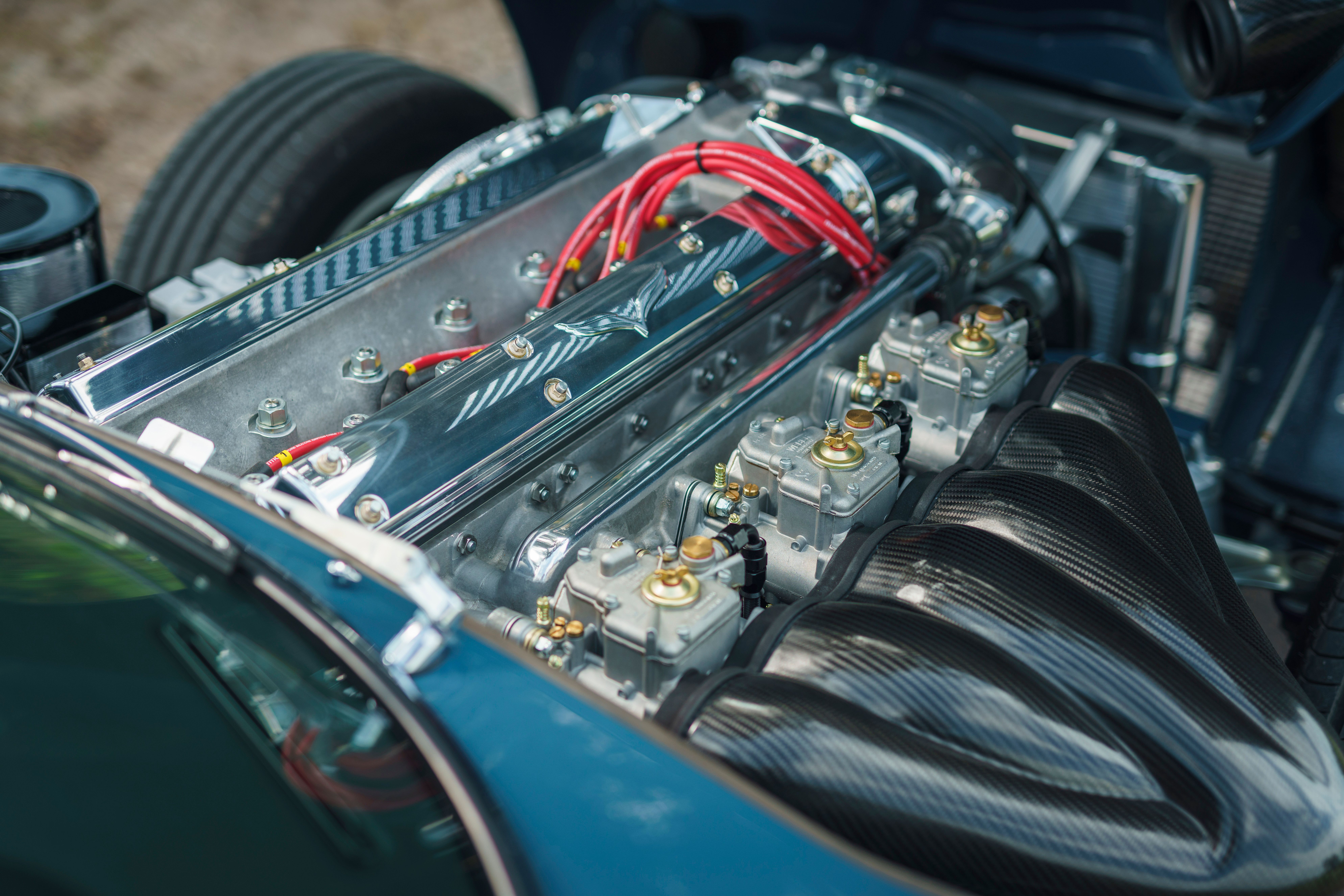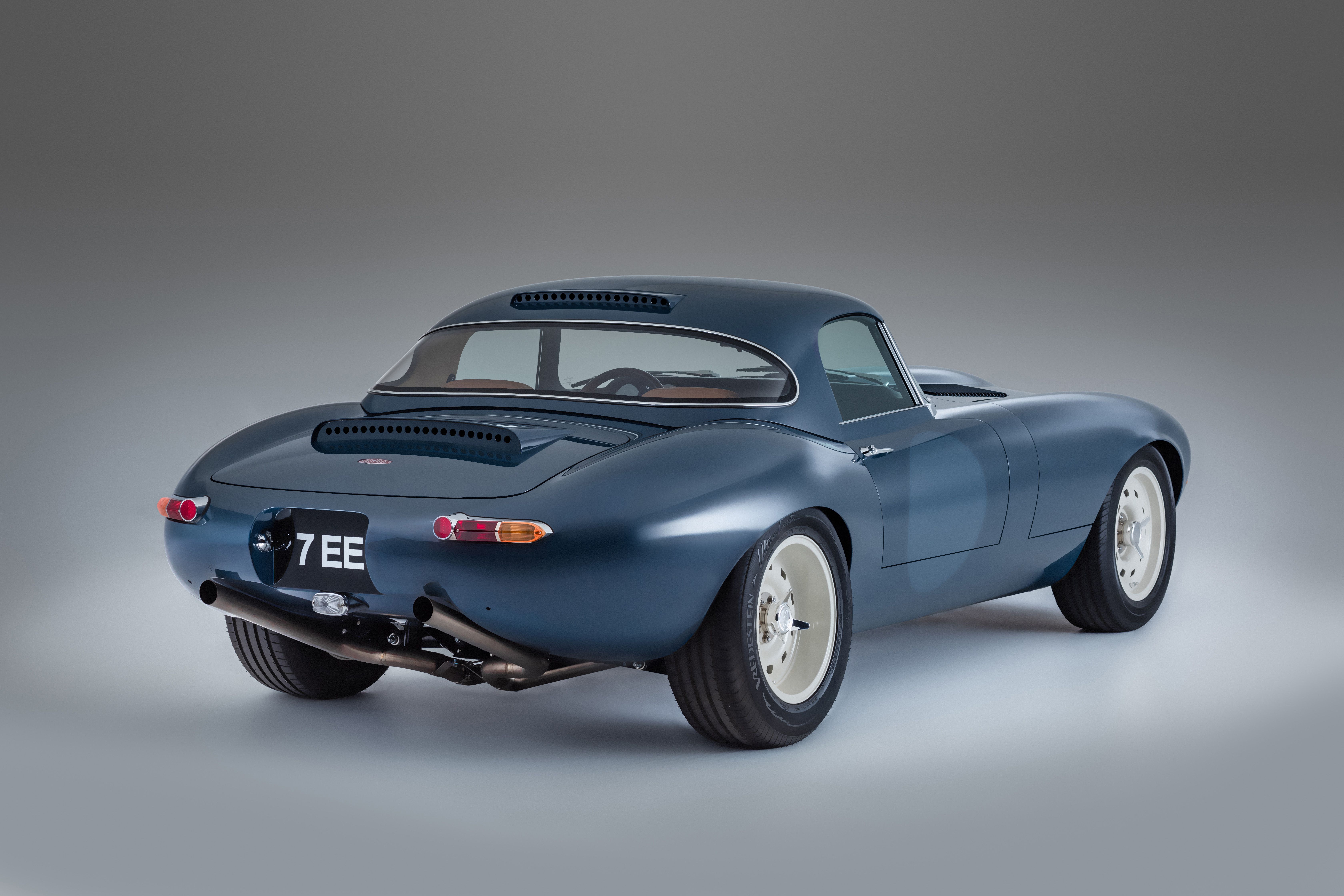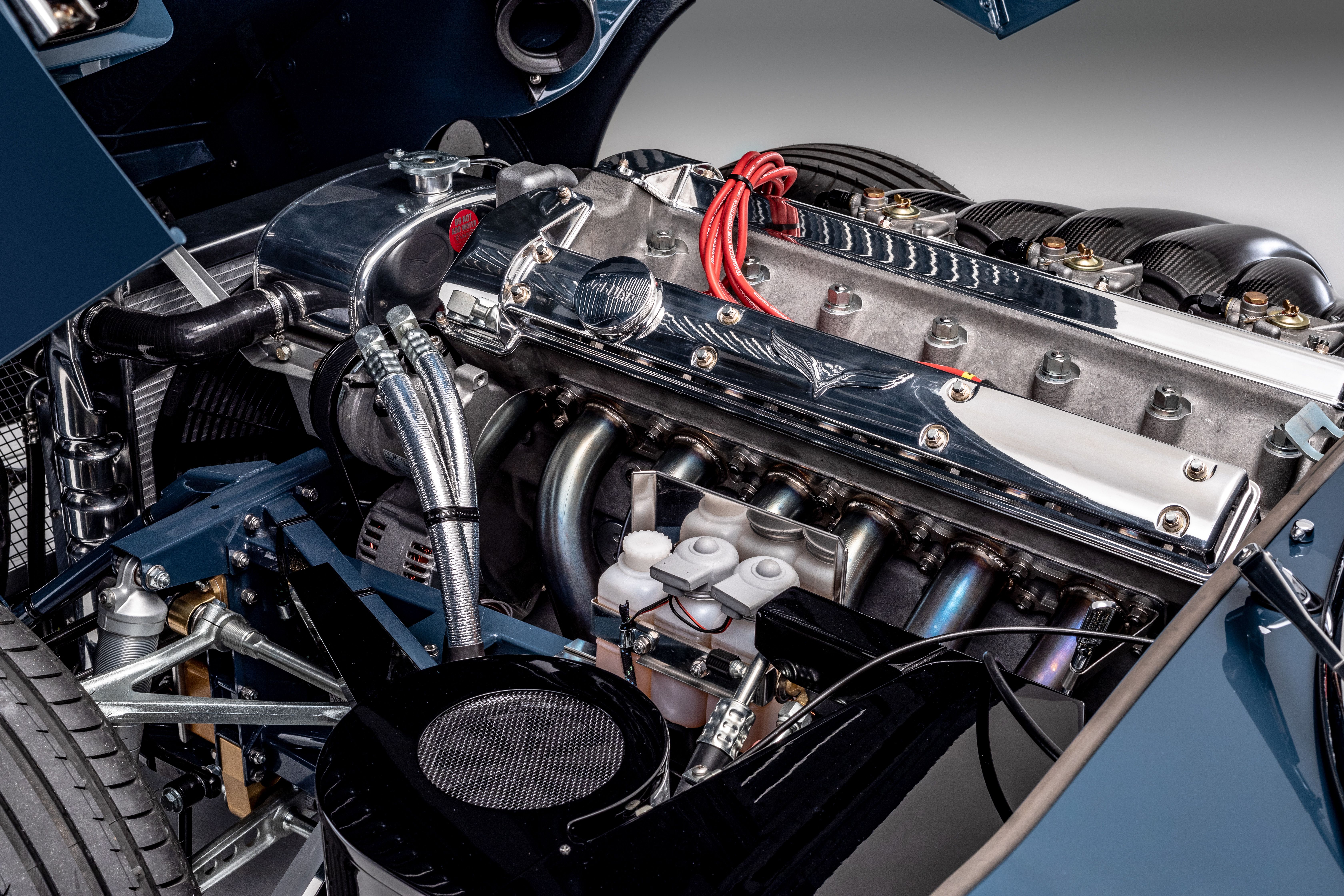The 2021 Eagle Lightweight GT is an aftermarket, modernized version of the iconic Jaguar E-Type produced by British specialist Eagle. The company has been creating upgraded versions of the E-Type since 1994 and it now offers no fewer than four different variants of the iconic sports car. Eagle's take of the race-spec Lightweight E-Type, the 2021 Lightweight GT, joins the existing E-Type Speedster, E-Type Low Drag GT, and E-Type Spyder GT. All cars are based on original E-Type Series 1 cars upgraded versions of Jaguar's iconic inline-six engine. What makes it special and what sets it apart from the original E-Type? Let's find out in the review below.
2021 Eagle Lightweight GT
- Make: Array
- Model: 2021 Eagle Lightweight GT
- [do not use] Vehicle Model: Array
Exterior
Eagle's Lightweight GT is pretty much a rebodied Series 1 E-Type as far as the body goes. The original E-Types are stripped down and fitted with new bodywork made from modern-grade aluminum.
As far as design goes, it's very difficult to tell an Eagle model apart from an original Lightweight E-Type. Eagle has invested a massive amount of time studying the original car in order to create a perfect outer shell.
That's particularly visible up front, where the Lightweight GT sports the iconic oval headlamps and vent, the bulged hood, and the small turn signals mounted at the corners. The profile also remains familiar thanks to the bubble-style, removable roof that includes a wrap-around rear window and rear-facing vent at the top. Around back, we can see the same rear-facing vent on the trunk lid, a pair of rectangular taillights at the corners, and long exhaust pipes that pop-up from under the bumper.
But the Eagle Lightweight GT isn't exactly identical to the original Lightweight E-Type. Die-hard fans will immediately spot the differences. starting with the notably smaller turn signals up front. These are also integrated almost perfectly into the body, which should improve aerodynamics. Improvements to the profile include enlarged wheel arches, modified to accommodate larger, 16-inch wheels. The rims mimic the original Dunlop design, but they're made from magnesium alloy to save weight. If you pay attention to the rear, you'll also notice that Eagle's car features a significantly narrower license plate recess. The exhaust pipes also look a bit different, especially when compared to Jaguar's Lightweight Continuation series.
All told, Eagle's Lightweight GT is a very accurate replica of the original car. Hardcore enthusiasts might be bothered by the small changes and the "Eagle" badges, but the Lightweight GT is a proper build that will make a good impression on any Jaguar enthusiast.
Interior
Eagle didn't provide a lot of info on the interior, but the photos reveal a more modern cockpit. The original Lightweight was designed for racing, so it featured a stripped-out cabin with a plain aluminum floor, bucket seats, a roll-cage, and a spartan center console. Eagle's car retains the door panels of the road-going E-Type, while the seats look modern and feature proper side bolstering and leather upholstery. There's also a tall, leather-wrapped console between them, more similar to the regular E-Type. The steering wheel was also retained from the road-going model, while the roof of the hard-top is draped in what looks like Alcantara.
Eagle also acknowledges some improvements. The design of the floorpan, pedal mountings, and the rear bulkhead have been modified in order to increase legroom. The E-Type is notorious for its cramped cabin and Eagle claims it made dramatic improvements in that department. There's also a bit more finger room around the seat adjusters, obtained by replacing the original control levers with 3D-printed ones.
Drivetrain
The 4.7-liter cranks out a solid 380 horsepower and 375 pound-feet of torque. That's a notable increase over the original Lightweight E-Type, which came with a 3.8-liter engine rated at 300 horsepower. All that oomph hits the rear wheels through a five-speed synchromesh featuring a magnesium alloy case. Eagle used the same material for the bell housing, differential case, sump, and rear hub carriers in order to save more weight. Speaking of that, the Eagle Lightweight GT tips the scales at only 1,017 kg (2,242 pounds). That's exactly eight kg (17.6 pounds) more than the original car, a small weight penalty given all the modern features that go into Eagle's version.
This Lightweight GT rides on a bespoke suspension setup with a new geometry, revised spring rates and bushings, as well as bespoke adjustable dampers from Ohlins. This setup is not as aggressive as the original Lightweight, as it was designed to provide a bit more comfort for long distance driving. Stopping power comes from vented braking discs paired to four-piston calipers.
2021 Eagle Lightweight GT specifications
|
Engine |
4.7-liter inline-six |
|---|---|
|
Horsepower |
380 HP |
|
Torque |
375 LB-FT |
|
Weight |
1,017 kg (2,242 pounds) |
|
Transmission |
five-speed synchromesh |
How much does the 2021 Eagle Lightweight GT cost?
Pricing information for the Lightweight GT isn't readily available. As with other Eagle products, you need to contact the company to discuss it. However, we do know that Eagles typically start from around £700,000 and it's safe to assume that the Lightweight GT is no exception from this rule. Yes, this car is anything but affordable, but it will set you back a lot less than an original Jaguar Lightweight E-Type or a Continuation series model. With just 12 units built, the original Lightweight E-Type is now worth million. Back in 2017, a restored example changed hands for a whopping $7.37 million. The Continuation series, which included just six cars, was sold for more than $1.5 million a pop.
Competitors
When it comes to classic cars rebuilt for the 21st century, there aren't many options out there. If you're looking for modern replicas of iconic race cars, there are plenty of builders that recreate models like the Shelby Cobra and Ford GT40. But the offerings are much more limited when it comes to rebuilds based on original chassis. For these, you're pretty much stuck with Jaguar and Aston Martin, one of the very few companies that build continuations series models from the 1960s. But as mentioned above, these are notably more expensive. What's more, they're not available to the general public, but offered to collectors that already own classic cars from their respective companies. In short, you won't be able to buy a Continuation series E-Type unless it pops up at an auction. And it will set you back at least $2 million. An original car will probably cost as much as $10 million in 2021.
Conclusion
Eagle is a small but respectable company. It has built almost every single version of the E-Type out there, including the original steel-bodied coupe and roadster, since 1994. Now, it offers four additional versions, covering all the special race-spec cars that Jaguar developed in the 1960s. The Lightweight is obviously the most iconic of them all, sharing its place at the top of the lineup with the Low Drag Coupe.
The Eagle GT may not be an original Lightweight Jag, but at least it's based on an authentic E-Type and it's almost identical when it comes to looks. It's also a friendlier car thanks to its well-equipped interior, while the drivetrain makes it easier to live it if you're planning to drive it a few times a week. Not only it's significantly more affordable than the original Lightweight E-Type, but you can actually buy one without having to own a stable of expensive classics.

